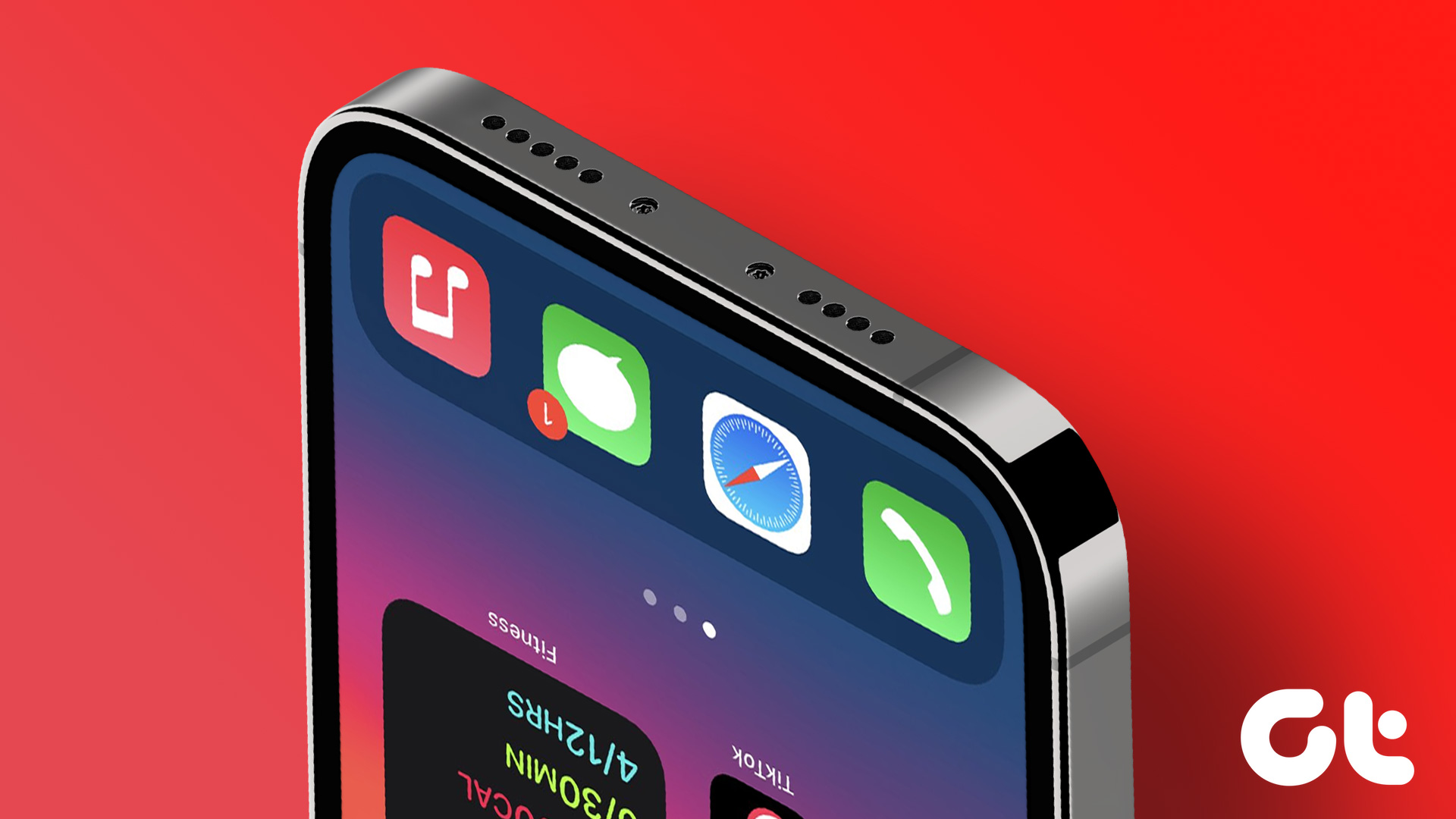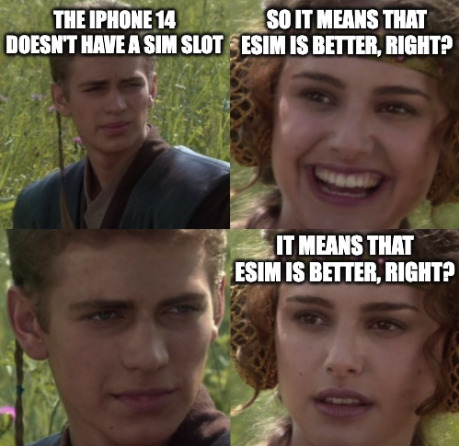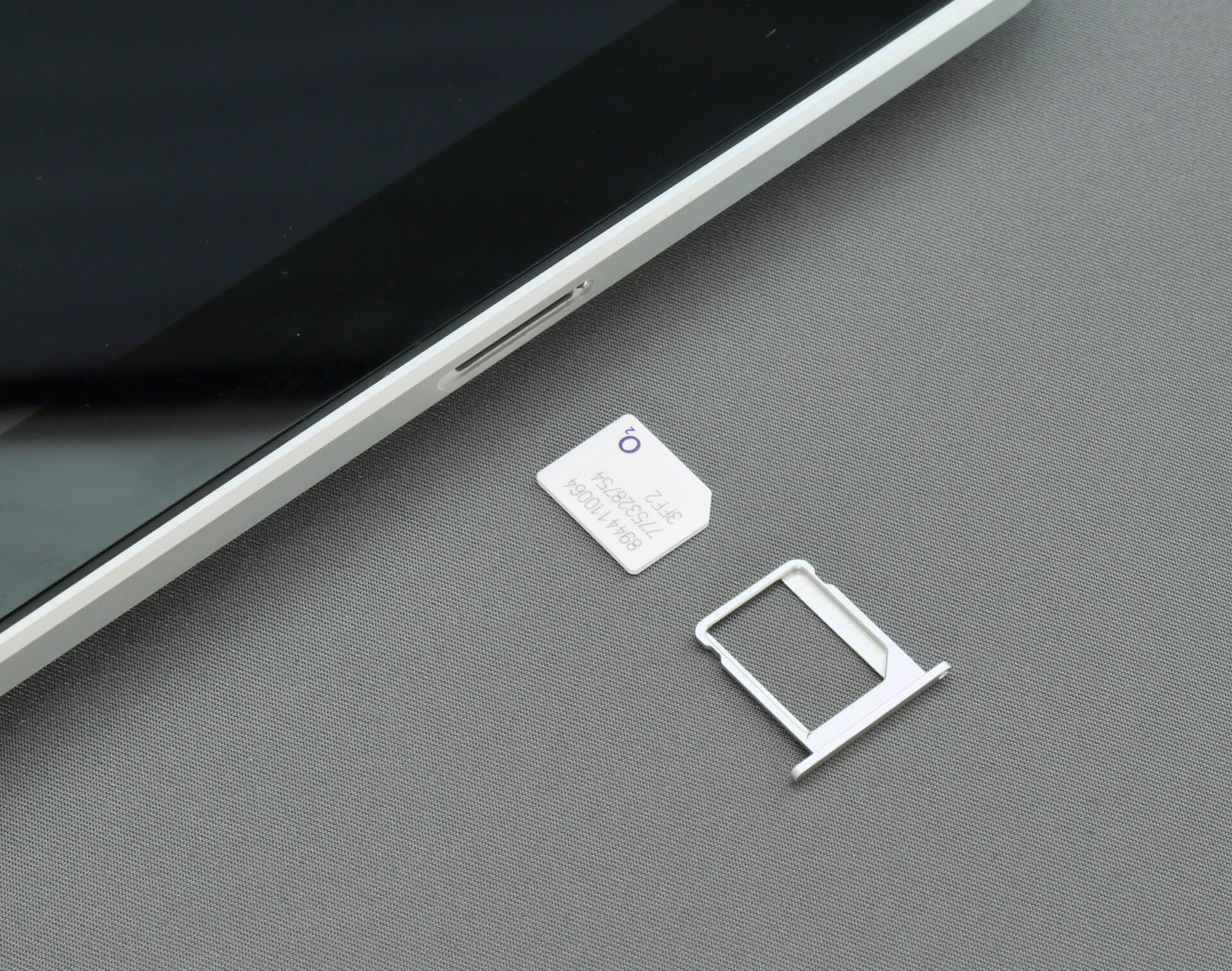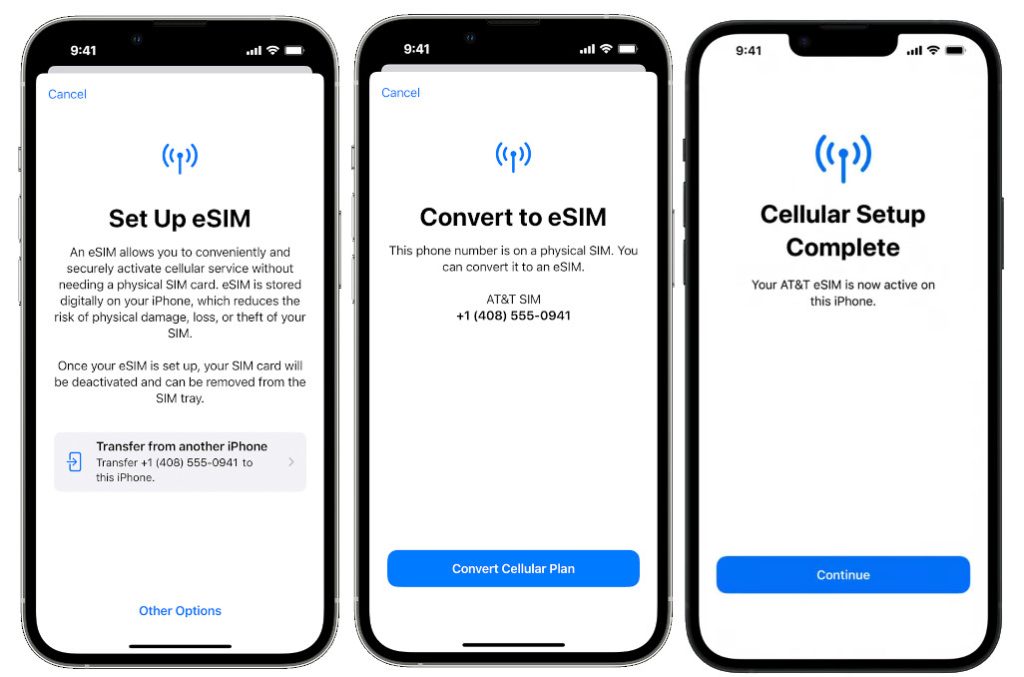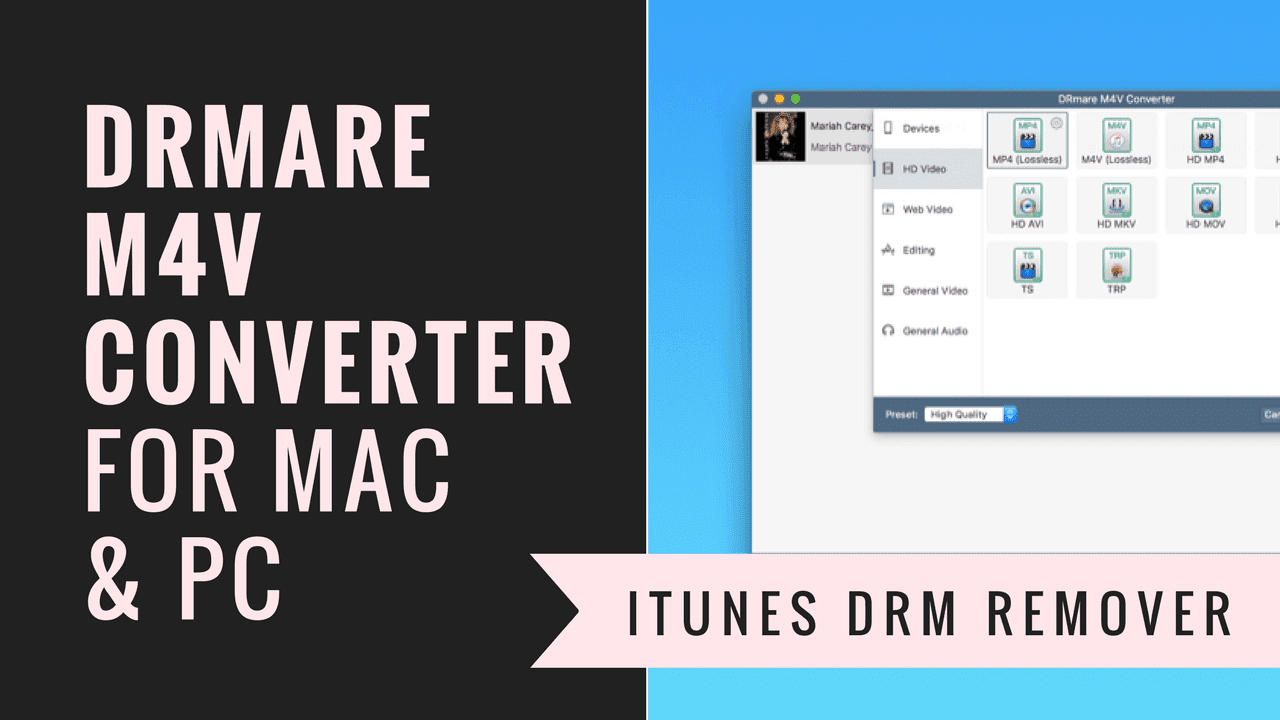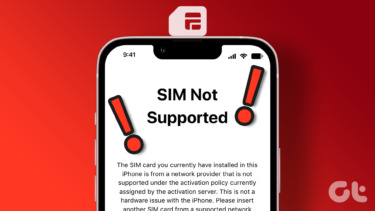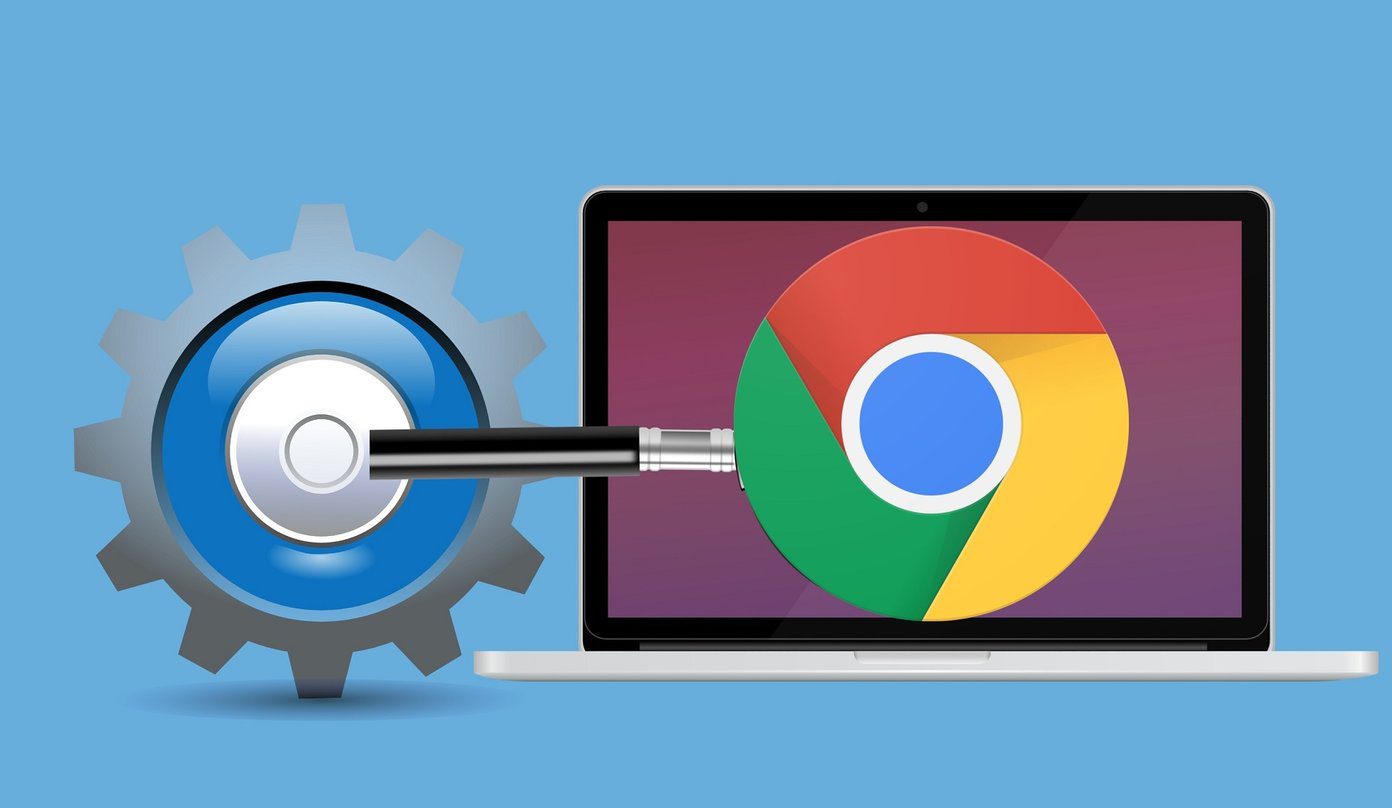6 years later, Apple has taken yet another step closer to this supposed goal. The iPhone 14 series ditches the physical SIM tray in favor of eSIM. While this may seem futuristic, it’s accompanied by several hassles that pose a threat to the freedom of consumers. Is an eSIM-only iPhone inconvenient? Are we ready for a portless future? Here are my two cents.
What Is eSIM
It’s important to establish what eSIM is since there are lots of consumers who may not be aware of the concept. eSIM eliminates the need for a physical SIM card and instead, replaces it with an electronic SIM. The iPhone 14 series has support for 2 eSIMs which means you can activate and use 2 networks simultaneously. Now, you must be wondering — if eSIM is completely digital and doesn’t require a physical module, it must be better, right?
Ideally, yes. eSIM has several advantages that make it look more appealing than a traditional SIM card.
Advantages of eSIM
For starters, you can instantly activate any network you want by getting in touch with a carrier of your choice. This is because you don’t have to wait to pick up a physical SIM. The carrier can activate your eSIM remotely making the process simpler and faster. Using eSIM helps the environment since the use of plastic and paper associated with a physical SIM isn’t involved. You can delete an eSIM easily and register another one if you wish to switch carriers. If and when your iPhone gets stolen, the eSIM stays active and there’s no way to “remove” the SIM card to turn off connectivity.
While all of this seems great, there are several loopholes that make eSIM far from ideal in the present-day world.
Not as ‘SIM’ple as It Looks
Lots of carriers worldwide do not support eSIM yet. Of course, the eSIM-only iPhone is limited to the US for now. But, some carriers within the US also don’t have support for eSIM as pointed out by the folks at XDA Developers. As a result, you would be forced to move to a new carrier if your existing one doesn’t have support for eSIM. This also poses a problem for those who travel frequently. If you fly to a country or region where eSIM isn’t available, you will be forced to use your carrier’s roaming facility which is almost always expensive. With a physical SIM slot, you always have the option of getting a local SIM card to use on your iPhone.
Some users have also reported that resetting the iPhone can erase the eSIM. When this happens, you will have to contact your carrier and go through the activation process all over — while being disconnected from friends and family because well, you don’t have a working network. These hurdles further emphasize the fact that we’re not ready for an eSIM-only world just yet.
Seamless or SIM-less
Some may argue that the process of transferring an eSIM from one iPhone to another is quite seamless. In fact, it really is as per this demonstration by Micheal Fisher.
— Michael Fisher (@Captain2Phones) September 14, 2022 However, the equation is entirely different when you consider switching from or to an Android device. As pointed out in Wired’s iPhone 14 Pro review, there’s no straightforward way to transfer your connection to an Android phone from your iPhone. You will have to contact your carrier and go through several hurdles to transfer the eSIM. Meanwhile, your Android phone remains SIM-less throughout. If the iPhone still had the ‘old’ physical SIM option, it would be a matter of seconds to switch SIMs between devices.
There Are Bigger Problems
Apart from these fundamental issues that you may have to undergo to use eSIM on iPhone, this move can have bigger consequences. Apple is taking away the freedom of choice that consumers enjoy by enforcing the use of eSIM. Instead, they’re handing over a dangerous amount of power to carriers and corporations that want to sell you services and fill their pockets.
You don’t have the freedom to choose a carrier of your liking since they may not support eSIM. You’re at the mercy of the carrier if they start charging a fee every time you want to activate or transfer an eSIM. Heck, some carriers out there already have revised roaming tariffs for those who own an iPhone 14 because they know you’re out of options. For all you know, Apple is secretly working on launching its own network services to bundle with future generations of the iPhone. Wouldn’t it be convenient to first sell you the iPhone, and then sell you a subscription plan to seamlessly activate eSIM services natively? I know, these ideas are far-fetched. But, the day may not be far when brands have complete control over consumers.
A Glimpse of Apple’s Portless Fantasy
On one hand, Apple is aiming to make the iPhone more secure by getting rid of the SIM tray. On the other, it seems like a move that is taking us closer to the portless iPhone we’ve been hearing about. Think about it — Apple has one less thing to worry about while designing a phone that has no ingress points for water to enter. They’ve already removed the headphone jack, and now, the SIM tray.
This only leads us to believe that there will come a day when the charging port, speakers, and buttons will be gone too. Apple introduced MagSafe as an alternate way to charge your iPhone. With further refinements, it’s possible that it becomes the only way to charge your iPhone in the future. The HTC U12 Plus has already given us an idea of what a phone without buttons looks like. In fact, the iPhone 7 got rid of the physical home key in favor of a pressure-sensitive area that mimicked a normal button. We may see a similar implementation for the side button and volume rockers on future iPhones. As for sound, piezoelectric speakers buried under the display have been in existence for a while now with the Mi Mix being one of the first phones to use it. When you think about it, there’s not a lot left for Apple to do before we see a portless iPhone come to light.
The Portless iPhone May Happen Sooner Than You Think
Despite most consumer electronics switching over to USB-C, Apple’s stubborn approach means the iPhone is still stuck on the less-versatile and non-universal lightning port. However, with constant pressure from EU regulations, Apple may have to make the switch as early as next year. But, there’s another possibility.
Apple may transition straight to MagSafe-only charging from the lighting port and skip the USB-C debacle entirely. Imagine going around looking for a wireless charger when your iPhone is running low on battery. Or trying to turn off your iPhone with pressure-sensitive buttons that aren’t working because there’s a software glitch. Doesn’t sound fun, right? Not to forget, wireless charging is much slower and less efficient. It also deteriorates the battery’s health faster because of the excess heat. If this indeed turns out to be true (I hope not), the portless iPhone may happen sooner than you would expect. Are we ready for it? Surely not! Will Apple still push it as the next best thing? Of course!
The eSIM Infrastructure Needs a Revamp
The eSIM-only iPhone is currently limited to the US but we won’t be surprised if the iPhone 15 has it as a standard across the world. It’s also no surprise that Apple is known to set the trend in the industry so expect Android OEMs to also follow suit with phones that ditch the SIM tray. The point I’m trying to make here is that while there are disadvantages of using eSIM, it’s here to stay.
But, in order for consumers to have a seamless experience, network providers need to pull up their socks and improve the eSIM infrastructure. There is a need for streamlining the process of transferring eSIMs from one phone to another regardless of the platform. Activating an eSIM when traveling to a new country should be made hassle-free. Moreover, consumers should have complete freedom to pick a carrier of their choice. These changes will take place sooner or later and when they do, an eSIM-only phone will not feel like a liability. Right now, though, good luck trying to get hold of your carrier’s support team because your brand new iPhone can’t be activated without being registered to a network. The above article may contain affiliate links which help support Guiding Tech. However, it does not affect our editorial integrity. The content remains unbiased and authentic.
